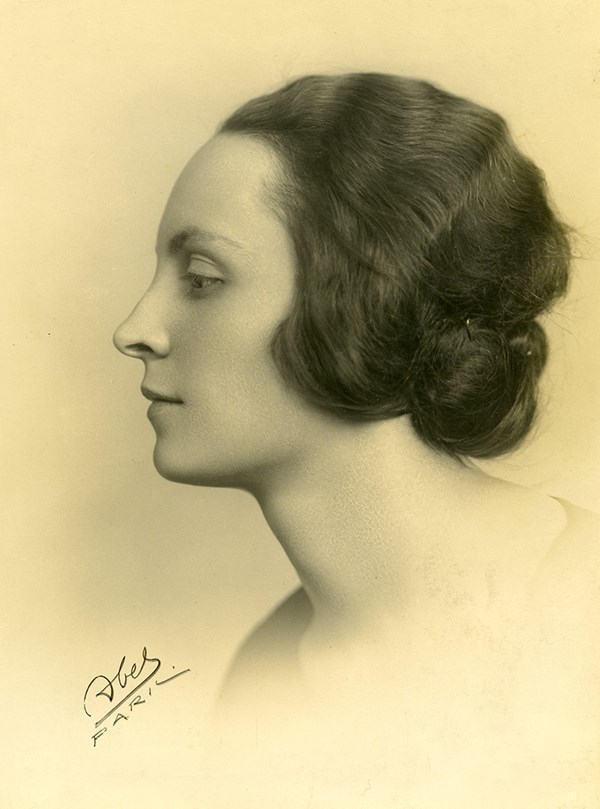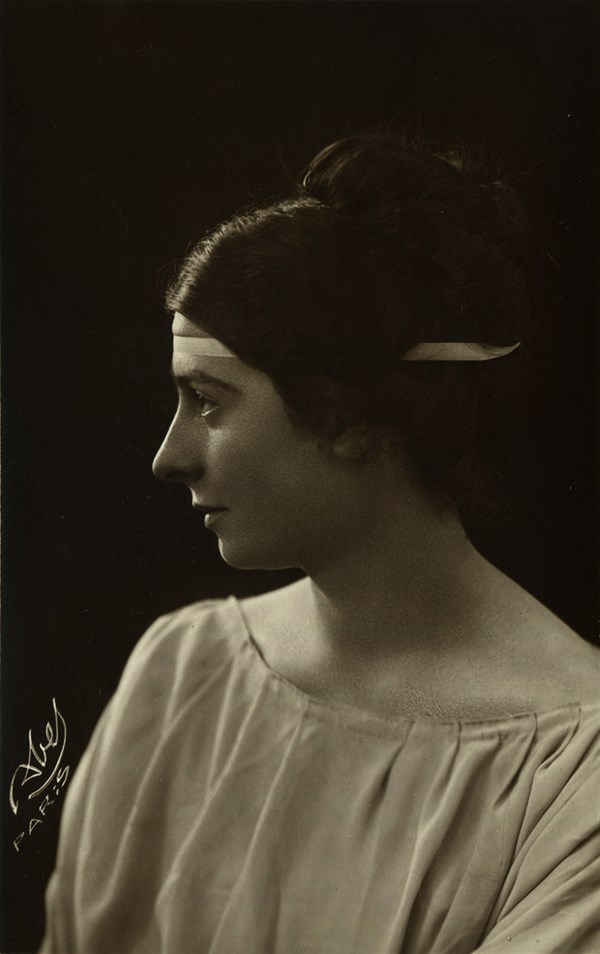
Abel Minassian
1890 - 1930s
For a period, in the first four decades of 20th century, Studio ‘Abel’ was a compulsory stop for many expatriate Armenian intellectuals living in or visiting Paris. A 1908 portrait painted by Charles Adamyan (collection of the National Gallery of Armenia) shows its proprietor, the handsome and elegant Abel Minasyan who had rapidly ascended onto the top ranks in the highly competitive field of of commercial studio photography in Paris. Judging from the dates of his photographs, Minassian’s ‘Abel’ studio is likely to be the first of the notable Parisian photographic establishments run by an Armenian.
Not a lot is known about Minassian’s biography as he tended to stay out of the limelight. He had artistic training and for a short time worked as an illustrator and a graphic artist. In his overview of French-Armenian artists and cultural workers, the noted critic Frédéric Macler mentions Abel Minassian alongside luminaries such as Edgar Chahine, Charles Adamyan and Arsene Chabanian.[1] Unfortunately only a few of his graphic works are known to us and only through reproductions.
Minassian was an integral part of the coterie which was grouped around the editor and publisher Arshak Tchopanian. Throughout his long career, the photographer provided Tchopanian with a vast gallery of portraits of dozens of Armenian artists, writers, actors and musicians. This work appears to have been programmatic as the sheer number and quality of Minassian’s portraits of Armenian notables seems to testify. Many of them were reproduced in Tchopanian’s periodical ‘Anahit’ as well as in the French press, helping to establish an image of an active, successful and progressive diasporan community. Among the best known in these images are those of Andranik (Andranik Ozanian), the legendary Armenian military commander who was instrumental in establishing the first Armenian Republic in 1918. Abel photographed Andranik when the commander was roaming Europe, raising awareness and funds for the exiled survivors of the Armenian Genocide. The portraits were quickly reproduced as postcards and have since attained an iconic status.
Aside from his commitment to French-Armenian cultural networks, Minassian was a highly regarded society photographer. The studio produced countless portraits of fashionable Parisian women and men, photographed in glamorous settings with dramatic yet very complimentary lighting. In this regard, Minassian’s stylistic predilections were close to those of other French-Armenian studio photographers such as Aram Alban and Hakob Semerdjian. The combination of contrasting lighting and softening filters employed by Minassian, created at once dreamy yet sculpted impressions. This quality worked even on small 10x8cm photo-postcards which became the most widely used photographic format in the 1920s. Beautifully crafted and effervescent, these images capture the exuberant spirit of ‘individualism’ that typified the first decades of the 20th century.
[1] See Frédéric Macler. La France et l’Arménie à travers l’art et l’histoire : esquisse. H. Turabian, Paris, 1917, pp51-52. Macler only talks about Minassian as a graphic artist. There is no mention of him being a photographer as well.
Nationality
Armenian, Ottoman, French
Region
Ottoman Empire, France
City
Constantinople, Paris
Studio
Abel
Activity
artistic, studio
Media
analogue photography
Bibliography
Frédéric Macler. La France et l’Arménie à travers l’art et l’histoire : esquisse. H. Turabian, Paris, 1917, pp51-52.
Collections
Lusadaran Armenian Photography Foundation, Yerevan

